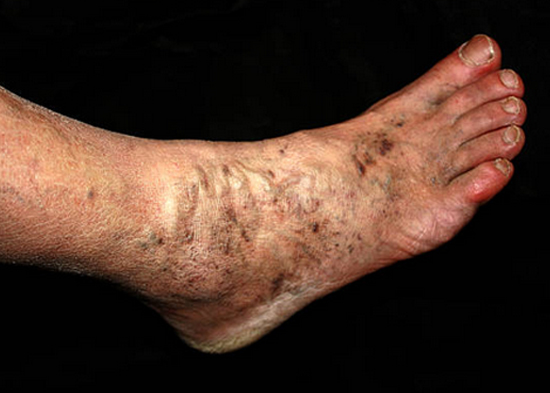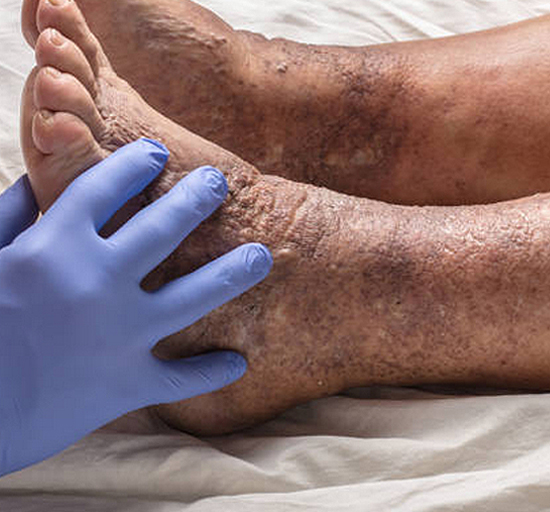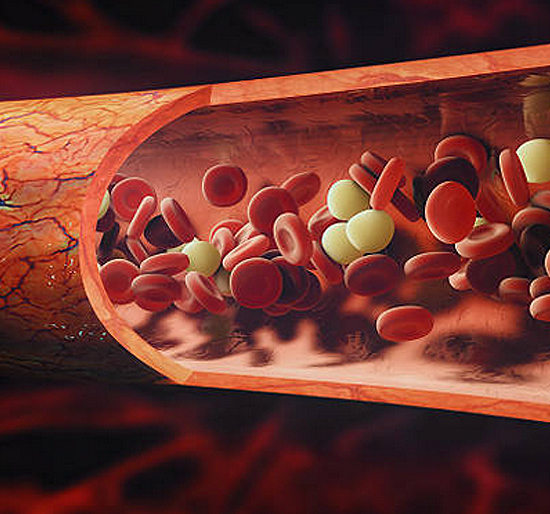Venous insufficiency is a condition that occurs when the veins in your legs have trouble sending the blood from your legs back to your heart. The deeper veins in your legs have valves that keep the blood flowing against gravity. When the vein walls weaken or the valves are damaged, the blood leaks back into the legs and the veins stay filled with blood, especially when you are standing. This condition is called chronic venous insufficiency.
The need for chronic venous insufficiency treatment in Manhattan may follow trauma to your legs, a recent injury or past blood clots. Severe damage may require surgery, but more often, conservative treatment for venous insufficiency provides you with significant relief. Following your first visit with Dr. Susan Bard, you will be on your way to finally achieving relief from the pain and embarrassment from these troubling veins.




